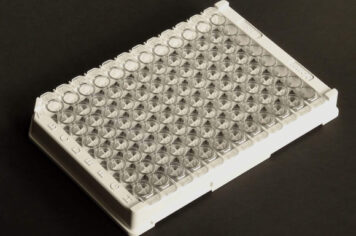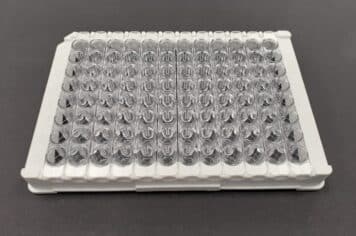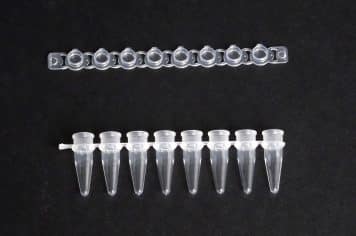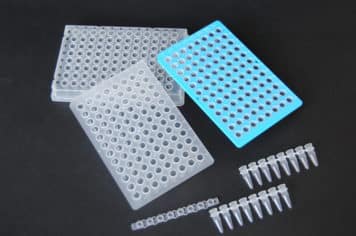No products in the cart.
Carboxylated Surface is dedicated to promote the covalent immobilization of compounds containing reactive free amino groups using the EDC mediated amination.
Surfaces with carboxylic groups covalently bound are dedicated to promote the covalent immobilization of compounds containing reactive free amino groups using the EDC mediated amination.
This kind of immobilization can overcome some of the limitations connected with physical adsorption of the molecules to the surfaces:
- immobilization of molecules which are bound weakly or not all by physical adsorption, namely small peptides (M.W. 1,000 – 5,000 Da) drugs, toxin or hormones
- oriented immobilization of molecules in order to secure the integrity and accessibility of their specific sites
- increased storage stability compared with that of physical adsorption because of the reduced risk of spontaneous desorption
Coupling molecules having an amino group to COOH surface
The amino group presents in any molecules, such as peptides or proteins, binds to Biomat Carboxylated Surface through formation of amide bonds between the amino group presents in the molecule and the surface carboxylic group by the action of carbodiimide.
Biomat Carboxylated Treated Products
Carboxylated Treated Surfaces main features
Biomat Carboxylated Treated products have the following characteristics:
- Ready to Use
- Manufactured under ISO:9001 guidelines
- All lots are tested for uniformity and reproducibility
- Certificate of Quality is released for every lot
- For Research Use Only
Also, Carboxylated Treated Products ensures:
Storage and Stability
The Carboxylated products are stored at room temperature in sealed PE bags and are stable until the expiration date printed on the label.
Carboxylated Treated Microplates Specifications
Treatment
The surface is modified with carboxylic groups.
Volume of treatment 200 µl/well.
Carboxylated Treated PCR 8 Strip Tubes and PCR Plates Specifications
Treatment
The surface is modified with carboxylic groups.
Volume of treatment 200 µl/well.





